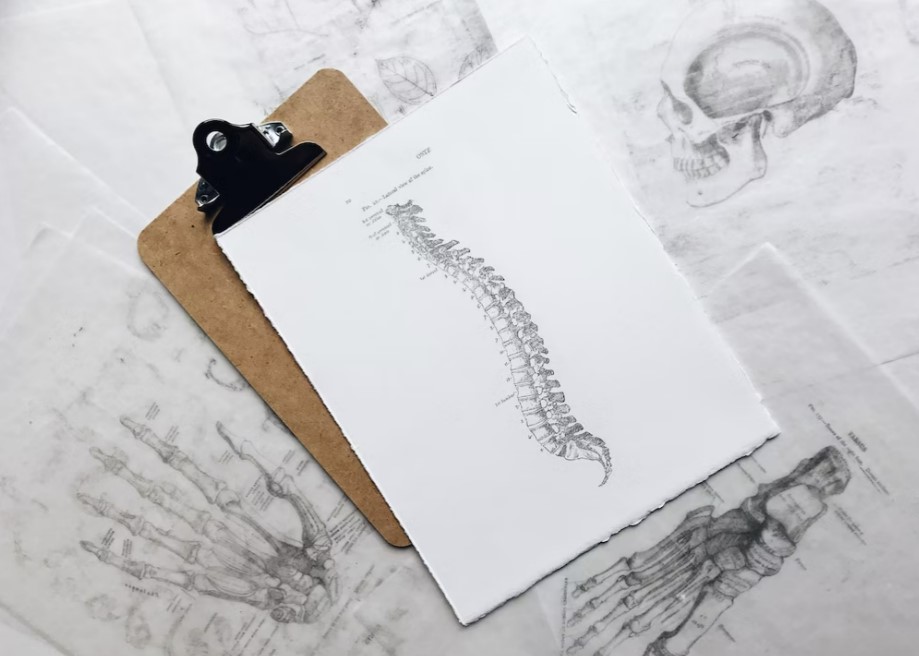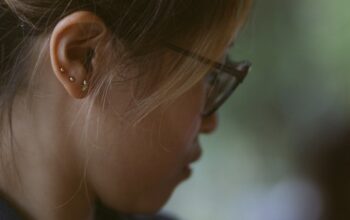Spinal curvature, also known as spinal deformity, is a condition characterized by abnormal curvature of the spine. It can affect people of all ages and can be caused by various factors. In this article, we will explore different types of spinal curvature, their causes, symptoms, diagnosis, and treatment options.
If you or someone you know is experiencing symptoms or concerns related to spinal curvature, it is important to seek medical attention and consult with a healthcare professional for a proper diagnosis and appropriate treatment plan.
It is estimated that 16% of Australians have back problems. For this very reason, it’s important to stay alert on the possible issues and raise awareness of some of the most common back pain issues.
Types of spinal curvature
There are three types of spinal curvature – scoliosis, kyphosis, and lordosis.
Scoliosis is the most common type of spinal curvature, characterized by an S- or C-shaped curve in the spine. It often develops during adolescence but can occur at any age. Scoliosis can be congenital (present at birth) or idiopathic (unknown cause).
Kyphosis, on the other hand, is a forward rounding of the upper back, leading to a hunchback appearance. It can be postural or structural. Postural kyphosis is reversible and often caused by poor posture, while structural kyphosis is due to abnormalities in the vertebral bones.
Finally, lordosis is an inward curvature of the lower back, causing the buttocks to stick out. It is commonly referred to as swayback. Lordosis can be associated with various conditions such as obesity, pregnancy, or muscle imbalances.
Causes and risk factors
Spinal curvature can have different causes and risk factors, depending on the type of curvature. For instance, while the exact cause of most cases of idiopathic scoliosis remains unknown, it is believed to involve a combination of genetic, hormonal, and environmental factors.
On the other hand, congenital scoliosis is caused by vertebral abnormalities present at birth.
When it comes to the other type of spinal curvature, postural kyphosis can be caused by slouching, muscle weakness, or poor posture habits. Structural kyphosis may result from developmental problems, degenerative diseases, or trauma.
Lordosis can be caused by a variety of factors, including poor posture and obesity. Other common causes are certain conditions like spondylolisthesis and muscular imbalances due to muscle weakness or tightness.
Treatment options
Since there are several types of spinal curvature, there are several types of treatments too. Depending on the type of the issue, its severity and the underlying cause, the doctor will suggest different treatment methods.
For instance, observation is one of the possible treatments. It is usually prescribed for mild cases of spinal curvature. Observation with regular check-ups may be sufficient, especially if the curvature is not progressive.
On the other hand, if the curvature is progressive, the patient may get physical therapy. Physical therapy can help improve posture, strengthen muscles, and increase flexibility, thereby reducing pain and preventing further progression.
Bracing is another solution for spinal curvature. Braces are often prescribed for adolescents with moderate scoliosis to prevent the progression of the curvature during growth spurts.
Severe cases of spinal curvature that cause significant pain, deformity, or functional limitations may require surgical intervention. A trustworthy brain surgeon in Brisbane with expertise in spinal surgery can assess your condition and recommend the most suitable surgical approach, such as spinal fusion or other corrective techniques.
Symptoms
There are plenty of symptoms that may point to the case of spinal curvature. The symptoms may vary depending on the type and severity of the condition. Some of the most noticeable symptoms are visible abnormal curvatures of the spine and uneven shoulder or hip height.
Back pain or discomfort, fatigue or muscle weakness, and limited range of motion are also common signs that you may, in fact, have an issue with your spine. In severe cases, this condition can even cause breathing difficulties.
Diagnosis
A thorough medical evaluation is crucial for diagnosing spinal curvature. The diagnosis typically involves regular tests such as medical history, physical examination, imaging tests, and measurements.
The first step is, of course medical history. The doctor will inquire about symptoms, medical history, and family history of spinal conditions.
Then, physical examination is the next logical step. Once the medical history is discussed, the healthcare provider will assess the curvature, observe posture, and check for any associated symptoms. It’s important to mention every single symptom to the doctor.
Imaging tests include X-rays, CT scans, or MRIs which are necessary in order to get the diagnosis. They serve to visualize the curvature and assess its severity.
Finally, the doctor will have to do the measurement. The degree of spinal curvature is measured using the Cobb angle, which helps determine the appropriate treatment approach.
Conclusion
Spinal curvature encompasses various conditions such as scoliosis, kyphosis, and lordosis. These conditions can have different causes, symptoms, and treatment options. Early detection and timely intervention are crucial in managing spinal curvature effectively.
Remember, each case is unique, and treatment approaches should be tailored to individual needs. With proper care and management, individuals with spinal curvature can lead fulfilling lives and maintain optimal spinal health.



